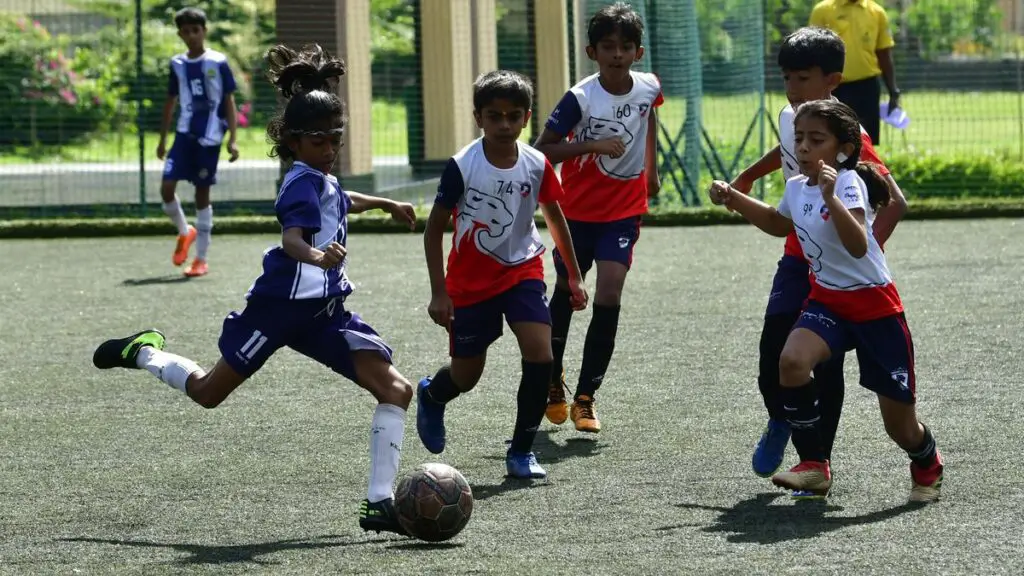Nearly a decade ago, a young boy named D. Vignesh from Bengaluru was searching for opportunities to play football at a competitive level. He trained at the Ozone Academy but didn’t have many games to look forward to outside of the institute’s registered competitions. That’s when he heard about The Amateur League (TAL), which was started in 2014 to provide enthusiasts with a platform to showcase their skills in an 11-versus-11 setting. Despite not having a complete team, Vignesh was able to participate in TAL and gained valuable experience. This exposure eventually led him to join the Sports Authority of India and represent India at the junior level. In 2020-21, Vignesh played a crucial role in Mumbai City FC winning the Indian Super League.
The lack of a steady pipeline of game-ready players is a challenge that Indian football faces. When India hosted the FIFA U-17 World Cup in 2017, coaches had to search the country to assemble a team. This is in contrast to advanced footballing nations in Europe and South America, where young players have ample opportunities to develop their skills. In an effort to change this landscape, several youth football leagues in Bengaluru have been established.
The Karnataka State Football Association (KSFA) started its youth leagues in 2019, offering competitions in various age groups. Double Pass India and TAL also launched their own youth leagues around the same time. The increasing number of academies in Bengaluru has also contributed to the growth of youth football. However, there is a shortage of accessible natural grass turfs, with Sree Kanteerava Stadium being the only option.
These youth leagues aim to create a catchment area for young players and provide them with a competitive environment to aid their development. Mandar Tamhane, CEO of ISL club NorthEast United FC, emphasizes the importance of playing 40 to 50 games a year for player growth. The number of games played at the grassroots level in India has historically been low, hindering the progress of young players. However, with the introduction of leagues like Karnataka Youth Premier League and DPDL, the number of matches played has significantly increased.
Mizoram, a state in India, has seen success in football by introducing the game early through its ‘Baby Leagues’ for children. Bengaluru, on the other hand, has relied on the AIFF grassroots program, which often lacks sufficient games. The introduction of the three-tier system by the KSFA was a step in the right direction, but the COVID-19 pandemic disrupted its progress. The youth leagues in Bengaluru are striving to bridge this gap and have already produced promising talents who have progressed to professional clubs like Bengaluru FC’s Residential Academy.
The goal of these youth leagues goes beyond individual player development. They aim to impact Indian football as a whole and provide a pathway for young players to join top ISL and I-League clubs. The cultural shift in how parents view sports has also contributed to the growth of the football ecosystem in Bengaluru, with more demand for academies.
However, one of the challenges faced is the lack of a historical record of players’ achievements. To address this, efforts are being made to track and document players’ progress through videos, match reports, and other useful components.
Overall, the rise of these youth football leagues has not only improved opportunities for young players in Bengaluru but has also contributed to changing the demographics of the city’s footballing scene.


